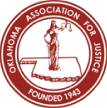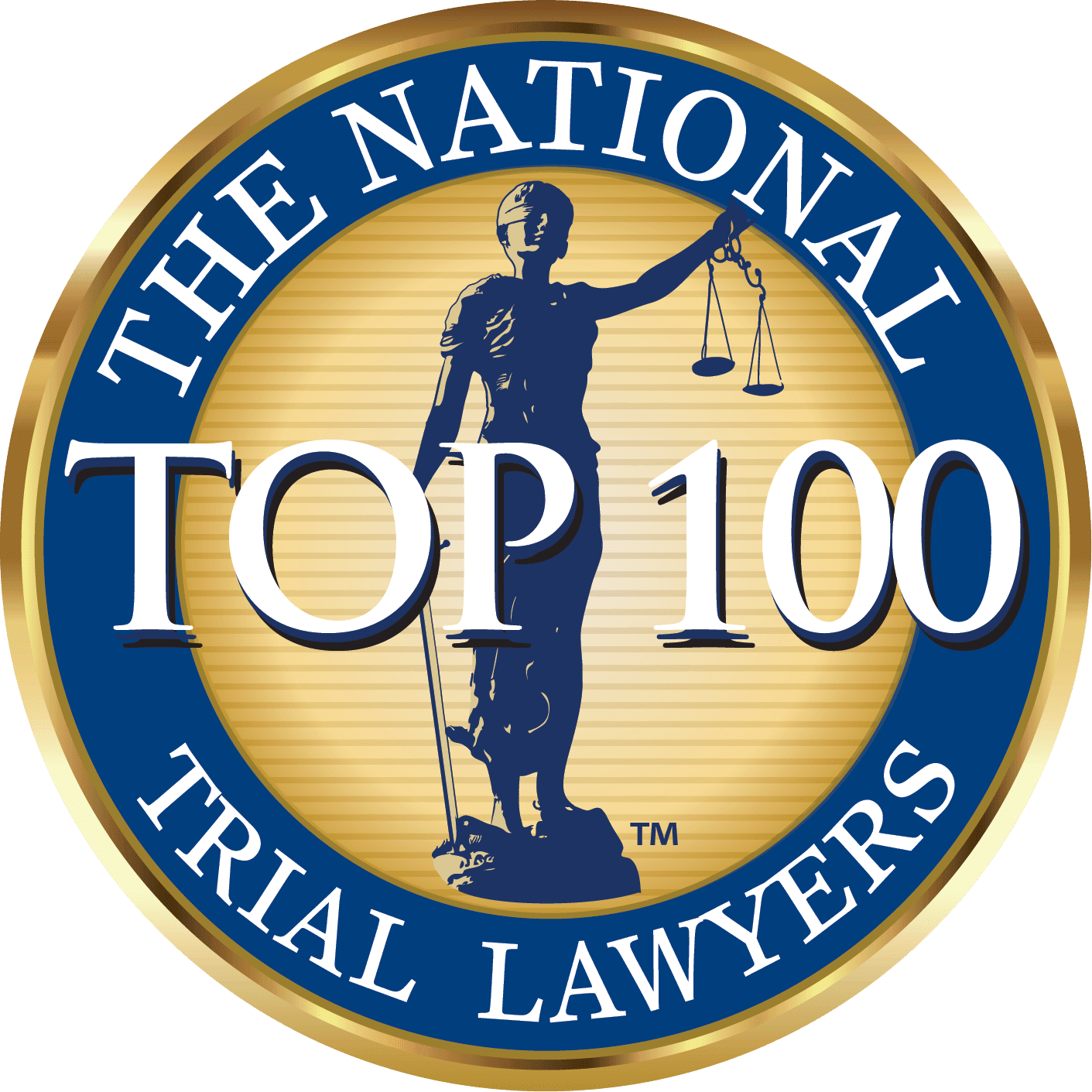
Losing a loved one is always difficult, but when their passing is caused by the negligence or wrongful actions of others, the emotional toll can be even more devastating. In such cases, the surviving family members may pursue a wrongful death claim to seek compensation for their loss. This process can be complex.
Collecting the necessary evidence to prove wrongful death is essential for a successful outcome.
Understanding Wrongful Death Claims
Before collecting evidence, it is crucial to understand what constitutes a wrongful death claim. In general, wrongful death occurs when someone dies directly due to another party’s negligence or intentional actions. Examples of wrongful death claims include medical malpractice, car accidents, workplace accidents, and product liability.
Our Team Is Here To Assist You Every Step Of The Way.
SPEAK TO AN ATTORNEY TODAYIdentifying the Responsible Party
Determining the responsible party is a critical first step in building a wrongful death case. This process may involve identifying one or more individuals, a group of people, or an organization that contributed to the death of your loved one. Establishing liability is vital to ensure you have a valid claim and can pursue compensation from the appropriate party or parties.
Examples of responsible parties can include those referenced below.
Negligent Driver in a Car Accident
If your loved one was killed in a car accident caused by a driver’s recklessness, intoxication, or other negligence, that driver could be held responsible for the wrongful death. In some cases, multiple parties may share responsibility, such as if poor road conditions or a vehicle malfunction contributed to the accident.
Manufacturer of a Defective Product
The manufacturer may be liable when a defective product leads to a wrongful death. This may involve proving that a design flaw, manufacturing defect, or lack of adequate warnings contributed to the death. In some cases, multiple parties in the supply chain, such as distributors or retailers, may also share responsibility.
Doctor or Medical Professional Who Failed to Provide Proper Care
In medical malpractice cases, a wrongful death claim may be filed against the doctor, nurse, or other medical professionals whose negligence led to the patient’s death. This could involve misdiagnosis, surgical errors, medication errors, or failure to provide appropriate treatment.
Employer or Contractor in a Workplace Accident
The employer or a third-party contractor might be liable if your loved one’s death occurred in a workplace accident. This may involve proving that the employer failed to provide a safe working environment, did not adhere to safety regulations, or knowingly exposed the worker to hazardous conditions.
Property Owner in a Premises Liability Case
When someone dies due to hazardous conditions on someone else’s property, the property owner may be held responsible for the wrongful death. This can involve proving that the owner knew or should have known about the dangerous conditions and failed to take appropriate action to mitigate the risk.
Gathering the Essential Documentation
You must provide various documentation supporting your case to establish a wrongful death claim. These documents may include the following:
Medical Records
Collecting medical records can help demonstrate how the negligence or wrongful act resulted in the death of your loved one. These records may include the following:
- Hospital admission and discharge paperwork
- Emergency room records
- Physician’s notes
- Diagnostic test results
- Prescription records
Police Reports
If the wrongful death occurred due to a crime or an accident, obtaining a copy of the police report is crucial. Police reports often provide valuable information about the incident, including the parties involved, witness statements, and any citations issued.
Autopsy Reports
An autopsy report can provide crucial evidence in determining the cause of death. It may reveal specific injuries or medical conditions resulting from the wrongful act, establishing a connection between the negligence and death.
Financial Records
It is necessary to gather evidence that shows the deceased’s income and potential earnings. Financial records may include the following:
- Pay stubs
- Tax returns
- Employment contracts
- Collecting Witness Statements
Witnesses can provide valuable information to support your wrongful death claim. Reach out to anyone who may have witnessed the incident or events leading up to the death. Obtain written or recorded statements from these individuals detailing their account of the event.
Securing Photographic and Video Evidence
Photographs and videos can serve as powerful evidence in wrongful death cases. Gather any available footage from the scene of the incident, such as:
- Surveillance camera recordings
- Dashcam footage from vehicles involved in an accident
- Photos of the scene, including any hazards or conditions that contributed to the death
Working with Expert Witnesses
In many wrongful death cases, expert witnesses are crucial in establishing the connection between the responsible party’s actions and the resulting death. These experts can include:
- Medical professionals who can testify about the cause of death and standard of care
- Accident reconstructionists who can analyze the events leading up to the accident
- Financial experts who can assess the deceased’s earning potential and calculate compensation for lost financial support
Preserving and Organizing Evidence
Properly preserving and organizing the collected evidence is crucial for presenting a compelling wrongful death claim. Some steps to ensure that evidence is well-preserved and organized include:
Creating a Timeline
Construct a detailed timeline of events leading up to the wrongful death, including dates, times, and locations. This will help provide context and clarity when presenting your evidence.
Storing Physical Evidence
Store any physical evidence safely and securely, such as clothing or damaged property. Be sure to maintain the original condition of these items, as they can serve as essential evidence in your case.
Digitizing Documents
Scan or digitize all relevant documents, such as medical records, police reports, and financial records. This allows for easier organization and sharing of information with your legal team.
Regularly Updating Your Evidence
As you gather more evidence, continuously update your records and inform your legal team of any new developments. This will ensure that your case is as strong as possible when it is time to present it in court.
Navigating the Statute of Limitations
Every jurisdiction has a statute of limitations determining the timeframe within which a wrongful death claim must be filed. Familiarize yourself with the specific time limits in your jurisdiction and ensure that your claim is filed within this period. Missing the deadline can result in your case being dismissed, regardless of the strength of your evidence.
Seeking Legal Assistance
Hiring an experienced wrongful death attorney is essential in navigating the complexities of your case. One of the crucial tasks an attorney can help you with is reviewing and analyzing the evidence.
Another vital aspect of your attorney’s role is negotiating with insurance companies. Insurance companies may attempt to settle wrongful death claims for less than their true value, and having a skilled attorney on your side is crucial for reaching a fair settlement. They can effectively communicate the strength of your case, ensuring that you receive the compensation you deserve.
Your attorney will represent you in court if your case goes to trial. This involves presenting the evidence and arguing on your behalf, which can significantly increase the likelihood of a favorable outcome. With a thorough understanding of the legal system and experience advocating for clients in wrongful death cases, BDIW Law is an excellent resource for those in need of assistance.








